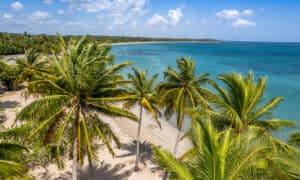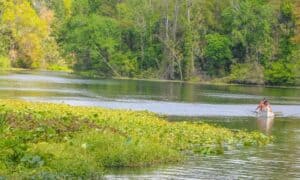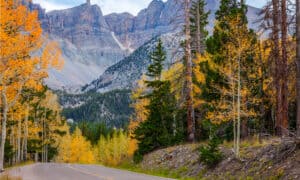There are 428 National Park sites in the United States. 63 of these sites have the official label “National Park”, which is a designation separate from the “National Park Site” umbrella. Several other designations fall under this umbrella. They include “National Monument”, “National Seashore”, “National Recreation Area”, and “National Historical Site”. Today, we’ll be going to the far reaches of the United States to explore the least-visited National Park in our system. We have to leave the contiguous United States to reach it and travel to the largest state in the nation – Alaska.
Criteria
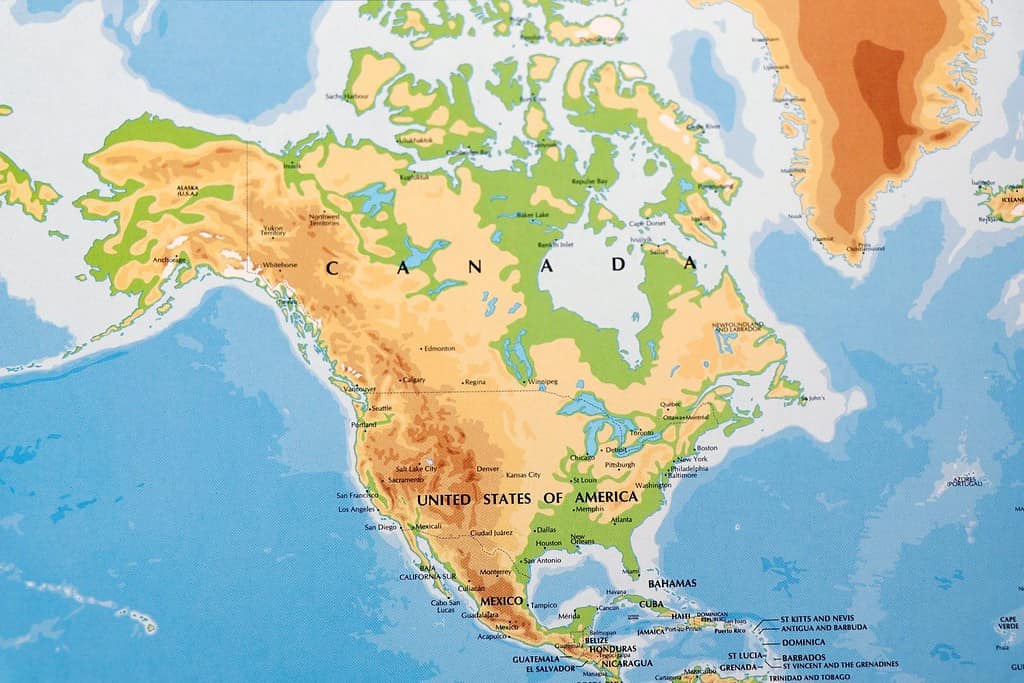
We chose to select a national park that fit some specific criteria for this article.
©Libin Jose/Shutterstock.com
There are a few national parks that get significantly less visitors than their siblings. For example, the National Park of American Samoa only saw 1,887 visitors in 2022. While this is technically the least-visited national park in the United States, it is located in a territory of the United States, rather than in one of the 50 states. Visitors to American Samoa need a passport, and the only way to reach American Samoa is by plane or boat. We do not see this as an accessible option for most United States citizens. As a result, we had to generate criteria for the fair ranking of our least-visited National Parks. Let’s take a look at our criteria.
- Can be accessed via land.
- No passport required.
- Is a National Park and not a National Park Site.
- Is located in one of the 50 states of the United States.
What is the Least-Visited National Park in the United States?
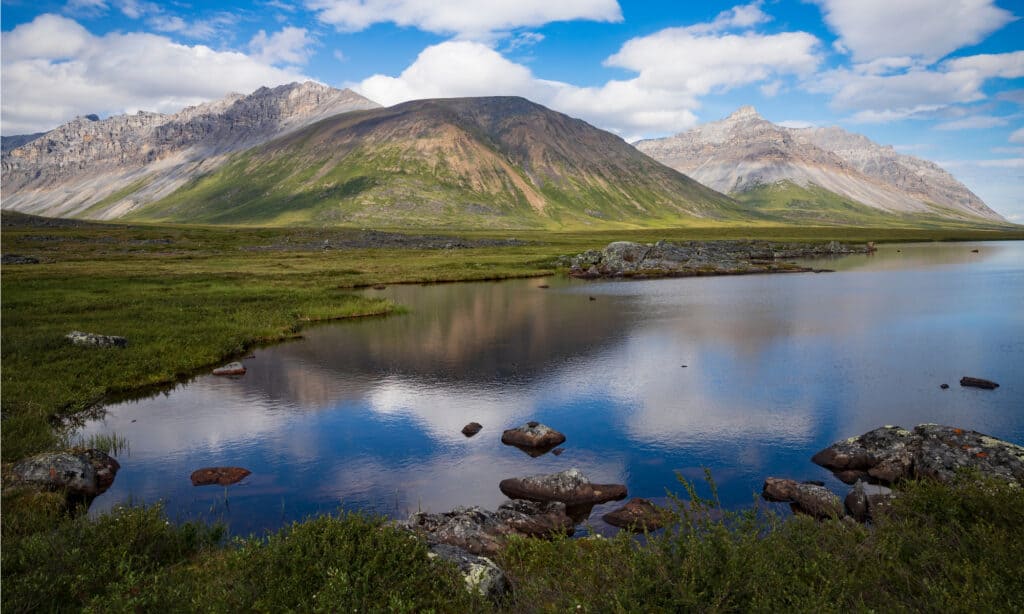
Gates of the Arctic National Park and Preserve.
©BlueBarronPhoto/Shutterstock.com
The least-visited national park in the United States is Gates of the Arctic National Park and Preserve. We looked at a table from National Parked and found that the largest number of visitors to the park in one year was only 12,669 visitors. This peak in visitors occurred in 2014. We’ve included a table that displays the visitation numbers for a recent five year span. We sourced these numbers from the table shared on National Parked. We’d like to note that these numbers may not reflect the actual number of visitors. There is no fee to enter the park and visitors do not have to stop in at visitor centers in order to experience the beauty of the area.
| Year | Recorded Number of Visitors |
|---|---|
| 2021 | 7,362 |
| 2020 | 2,872 |
| 2019 | 10,518 |
| 2018 | 9,591 |
| 2017 | 11,177 |
How does this stack up against the most-visited National Parks in the nation? Well, the most-visited National Park in the United States is the Great Smoky Mountains National Park. In 2022, this park hosted nearly 13 million visitors. The most-visited National Park Site in 2022 was Blue Ridge Parkway, with 15.71 million visits. As you can see, there is a huge difference in visitation between these places.
About Gates of the Arctic National Park and Preserve

A beautiful view at Gates of the Arctic.
©BlueBarronPhoto/Shutterstock.com
Gates of the Arctic rests north of the Arctic Circle in Alaska in the central Brooks Range. The Brooks Range is the northernmost part of the Rocky Mountains. This park is the northernmost national park in the United States, sitting entirely in the Arctic Circle. Gates of the Arctic is massive – it spans 8,472,505 acres in total. This acreage is divided between the national park and the national preserve. The difference between these two designations is based on land use restrictions. National parks have more restrictions than preserves. Together, this area makes up a protected parkland area that is among the largest in the world. The park and preserve are about 130 miles wide and 200 miles long. This area has a been a National Park since its establishment and designation on December 2nd, 1980.
The glaciated arctic valleys of the area are astounding. The lakes are crystal clear and fed by glacial runoff and wild and scenic rivers. Mountains rise above vast landscapes at heights of 4,000 to 7,000 feet. Arctic tundra, black spruce forests, and boreal forests cover the landscape, making it the perfect migratory area for the Western Arctic caribou (Rangifer tarandus granti) herd. This herd is nearly 500,000 strong, and most of them migrate through Gates of the Arctic every fall.
There is no cost to visit Gates of the Arctic, but it is quite tricky to get there.
Gates of the Arctic on a Map

Many wild and scenic rivers run through Gates of the Arctic.
©BlueBarronPhoto/Shutterstock.com
Let’s take a look at the map location of this vast and beautiful national park. Then, we’ll talk about how to get there. As we stated, this park is in the northern reaches of Alaska in the Arctic Circle.
Getting to this remote park is quite tricky. There is no direct vehicle access to the park, so you have to hike in from different roads and highways. The wilderness park has no roads or trails, so visitors must be very prepared for the challenges this poses, from getting there to knowing how to safely traverse the region. Air travel is the most common and popular way to access the park. Air taxis – small aircraft with tundra tires or floats – transport visitors to the park. Without an air taxi, you must drive the Dalton Highway to Coldfoot – a small Census-designated place with a limited number of amenities. From Coldfoot, you access Gates of the Arctic by foot. Be prepared for challenges – all hiking access to the park includes river crossings. There are no amenities or services between Fairbanks and Coldfoot – a 280 miles stretch along the Dalton Highway.
Why Visit?
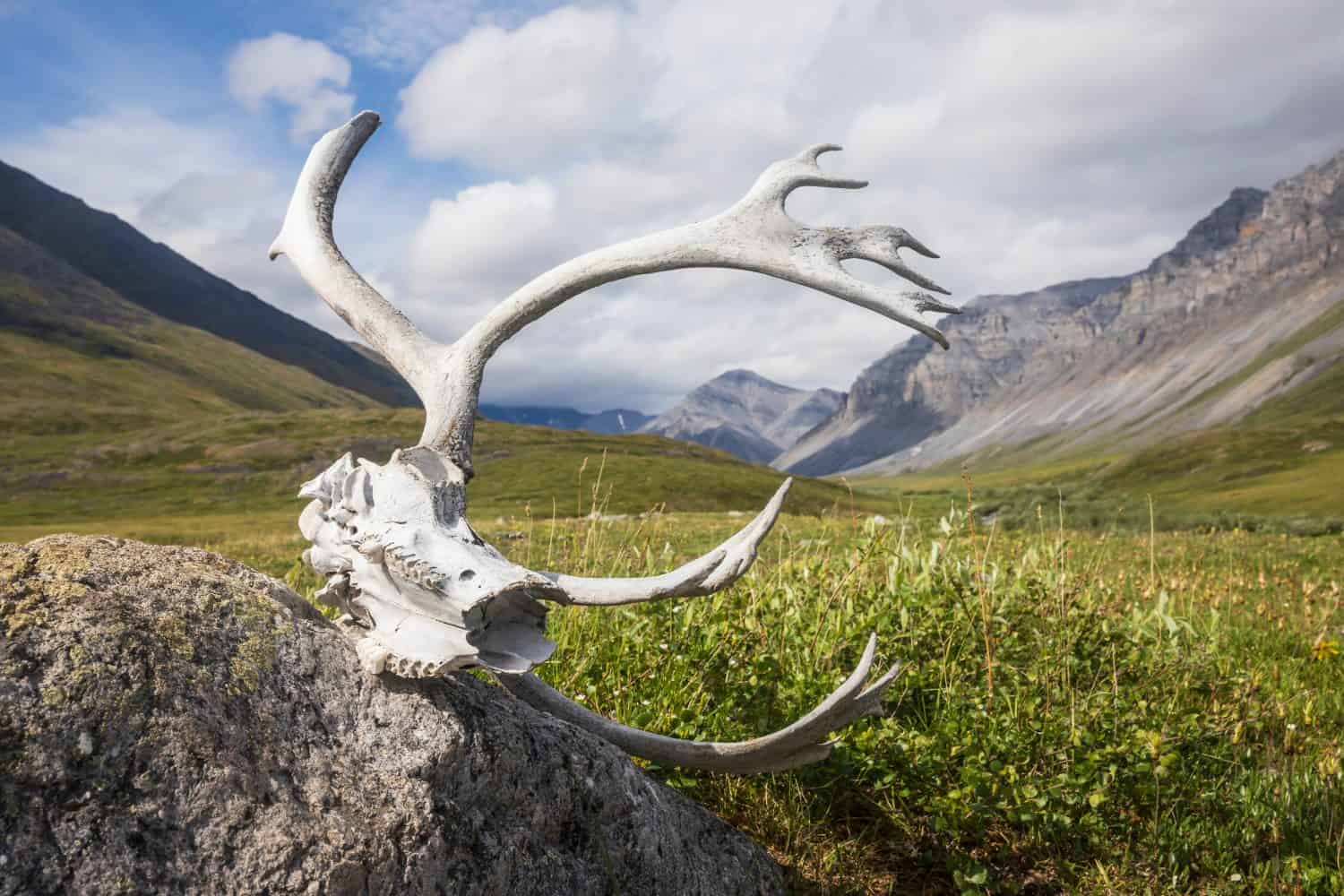
A caribou skull rests in the remote landscapes of the park.
©BlueBarronPhoto/Shutterstock.com
Visiting this park isn’t for the faint of heart. In fact, visitors to the park are incredibly motivated to go see what this rugged wilderness holds. Gates of the Arctic is far removed from classic western civilization, though indigenous tribes have lived and thrived in the area for over 12,000 years. Anyone looking to visit this far-northern park must be prepared for the true remote nature of the area. Even getting there, as we said before, is a challenge, but it’s just the beginning. The weather is mostly cold and unforgiving, with rapid and dangerous changes in weather throughout the year. Snow falls for eight or nine months out of the year, while summers are short and mild with frequent, heavy rainfall.
So, why visit? People daring and prepared enough to tackle these temps and challenges will see landscapes like none other. Pristine arctic wilderness surrounds the intrepid explorer and offers access to native plants and wildlife that thrive in this mostly-untouched area. Visitors get to see and interact with a deeply rugged wilderness, with no established roads, trails, or camps. The fishing is excellent, the views are spectacular, the worries of the world are, literally, hundreds of miles away. Summers are bright – at least 30 days of the summer are bathed in constantly sunlight. Winters are cold and unforgiving but offer unbeatable view of the Aurora Borealis. If you are the kind of person who can – and wants to – survive harsh conditions with little to no access to resources, the payoff from visiting this park may be great. Otherwise, we recommend picking something a little more accessible.
The photo featured at the top of this post is © BlueBarronPhoto/Shutterstock.com
Thank you for reading! Have some feedback for us? Contact the AZ Animals editorial team.




